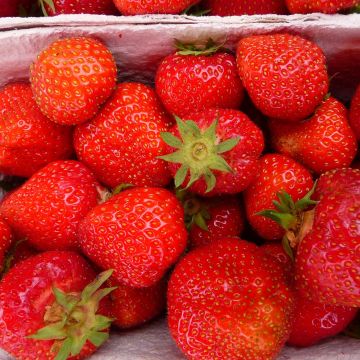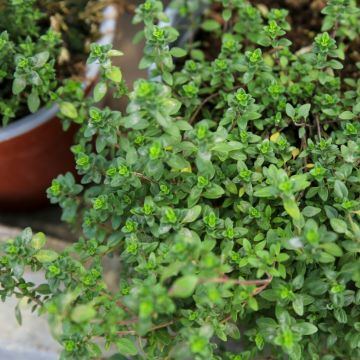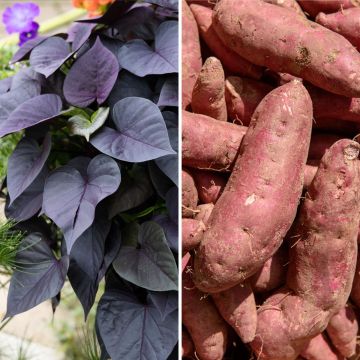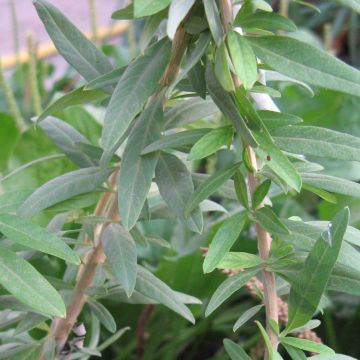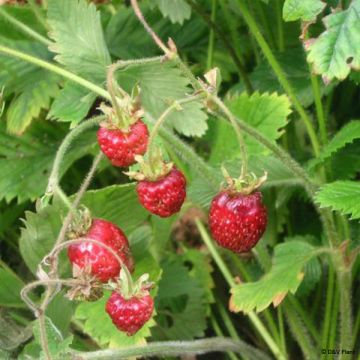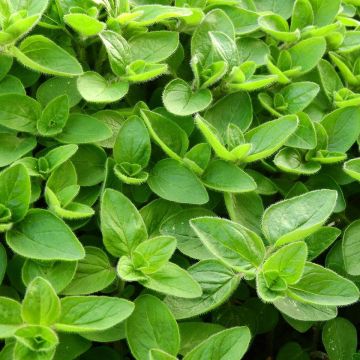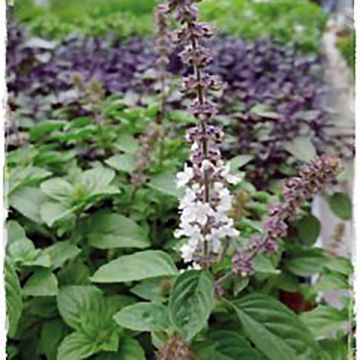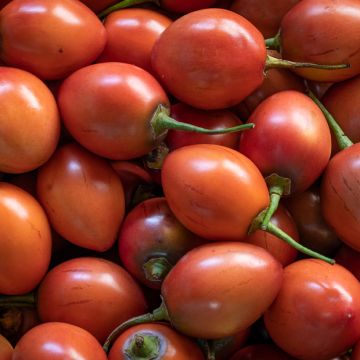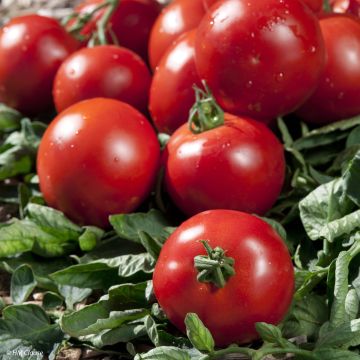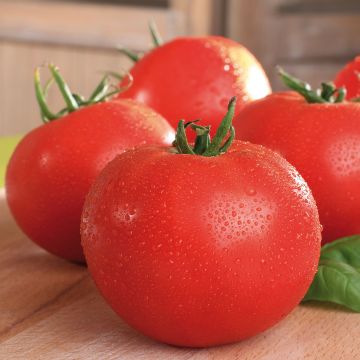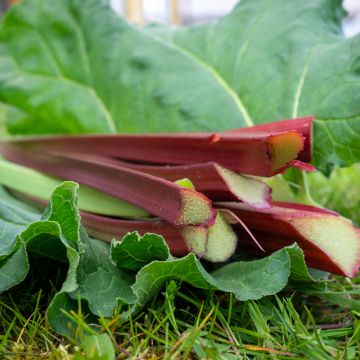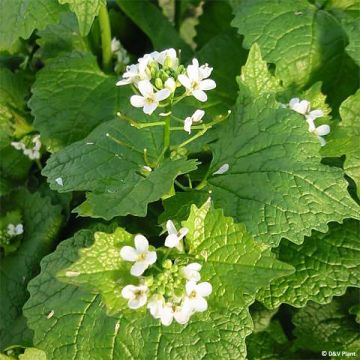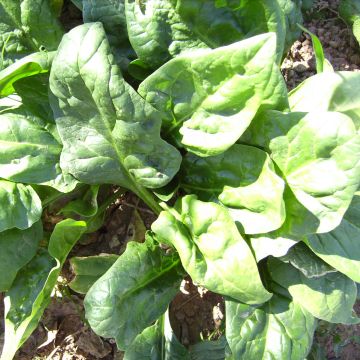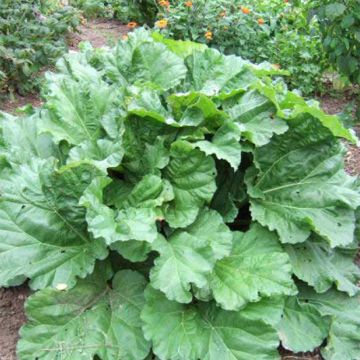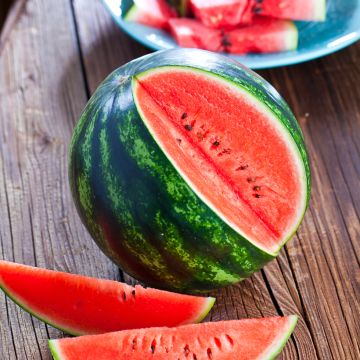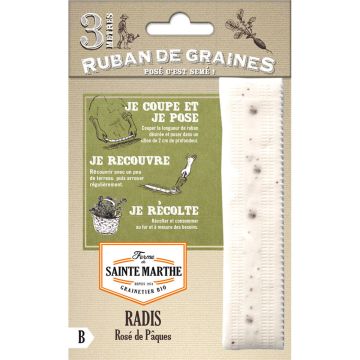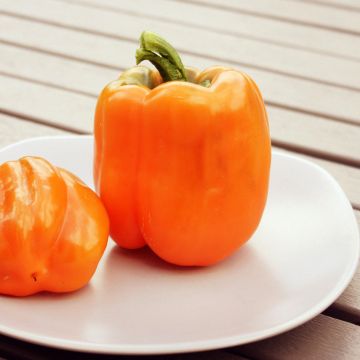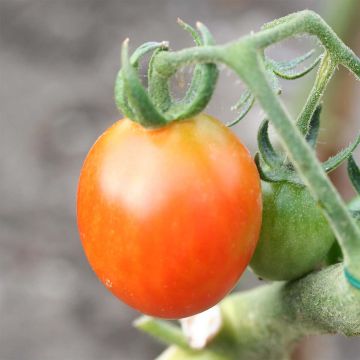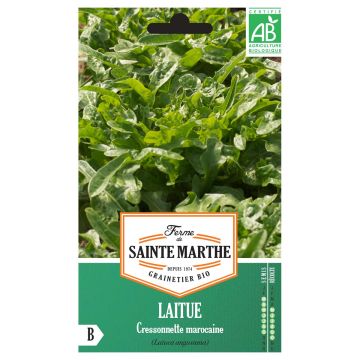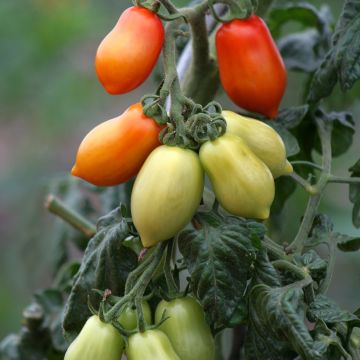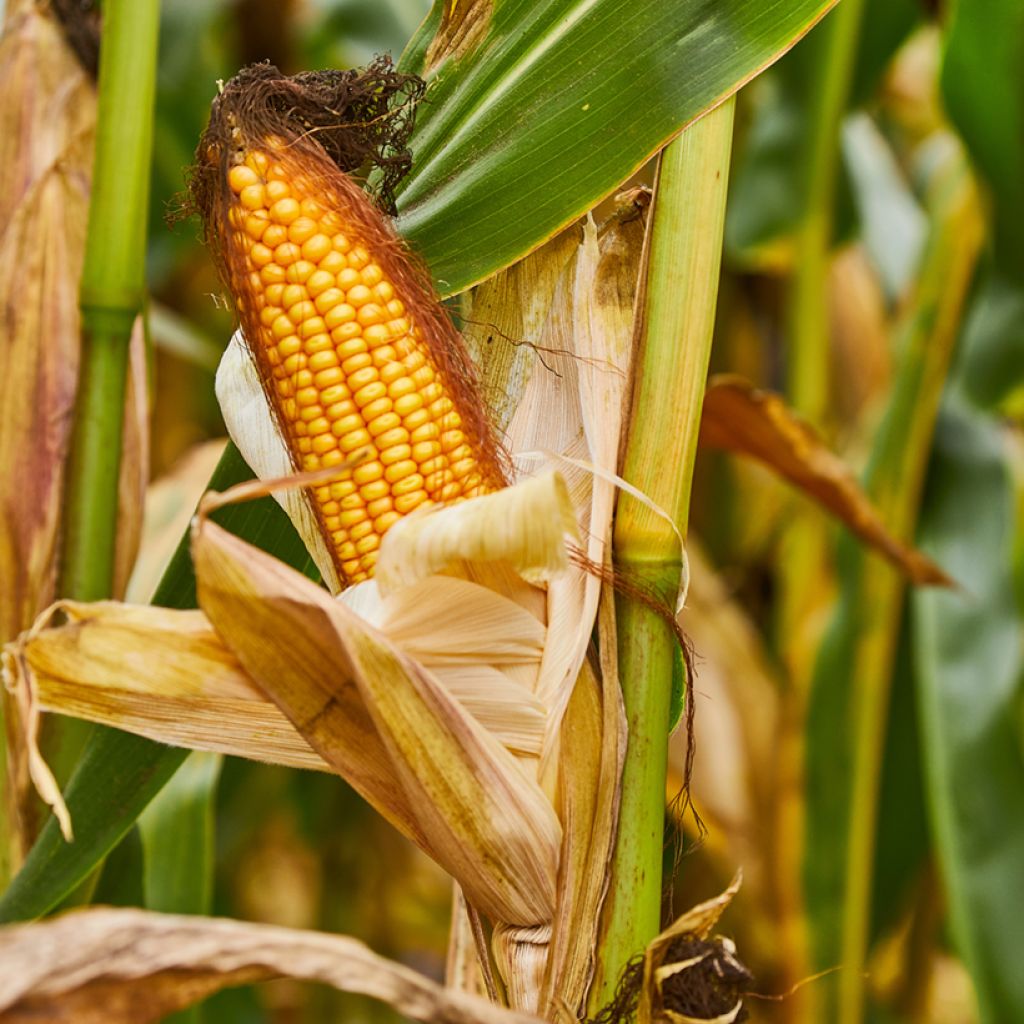

Bimbo F1 Sweetcorn Seedlings
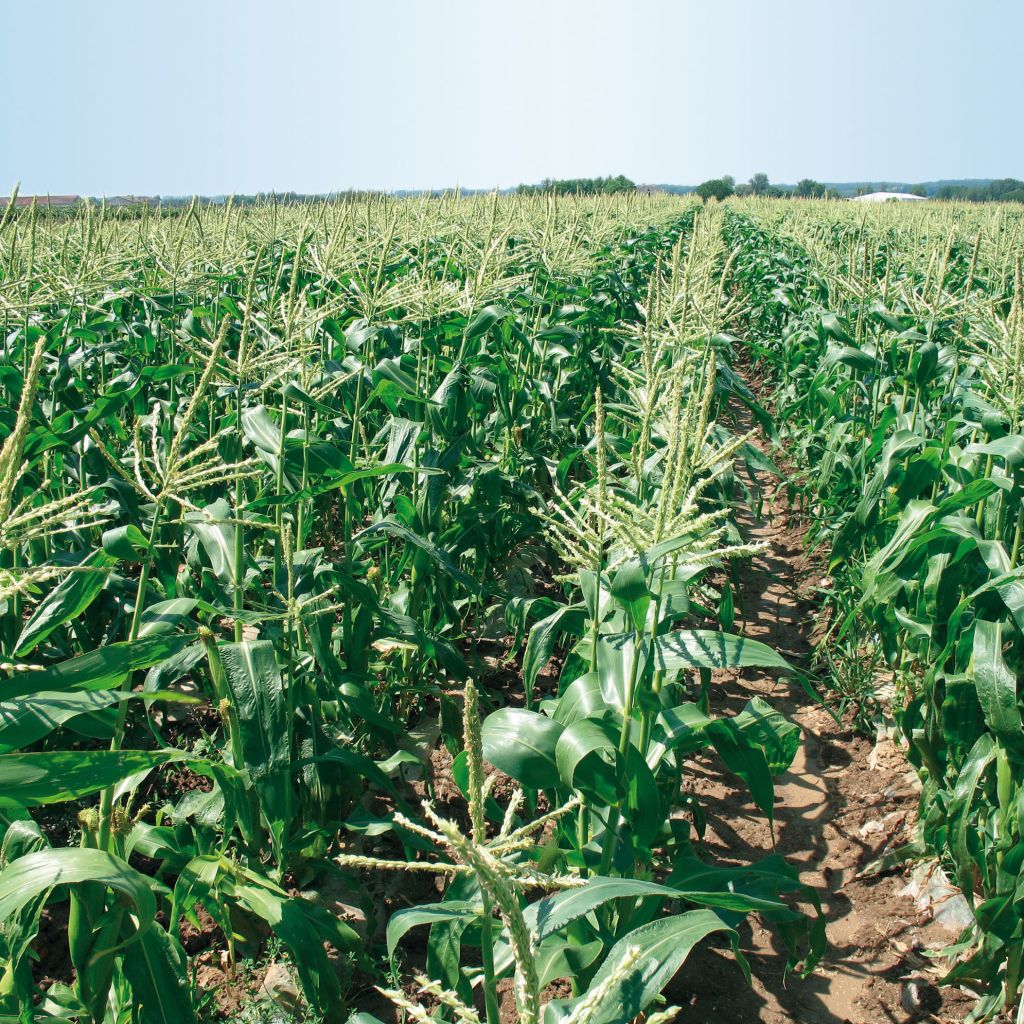

Bimbo F1 Sweetcorn Seedlings
Bimbo F1 Sweetcorn Seedlings
Zea mays Bimbo F1
Maize, Corn
The corn plants all arrived with yellowed leaves ... probably due to the delivery delays. Let's hope they will recover properly.
CLAUDE LESTERLIN, 09/05/2016
Special offer!
Receive a €20 voucher for any order over €90 (excluding delivery costs, credit notes, and plastic-free options)!
1- Add your favorite plants to your cart.
2- Once you have reached €90, confirm your order (you can even choose the delivery date!).
3- As soon as your order is shipped, you will receive an email containing your voucher code, valid for 3 months (90 days).
Your voucher is unique and can only be used once, for any order with a minimum value of €20, excluding delivery costs.
Can be combined with other current offers, non-divisible and non-refundable.
Why not try an alternative variety in stock?
View all →This plant carries a 6 months recovery warranty
More information
We guarantee the quality of our plants for a full growing cycle, and will replace at our expense any plant that fails to recover under normal climatic and planting conditions.
Description
The 'Bimbo' F1 sweet corn is an early hybrid variety that produces beautiful yellow cobs, approximately 17cm (7in) long. The corn kernels can be eaten raw in salads or grilled on the barbecue with a knob of butter! The plug plants of 'Bimbo' F1 sweet corn are produced using organic methods and should be planted in June and July. Harvesting takes place from July to October.
Sweet corn, also known as sweetcorn or sugar corn, is an annual grass plant belonging to the Poaceae family.
With stems reaching over 2 metres (7 feet) in height, sweet corn is interesting to grow along the edges of a vegetable garden to provide protection from the wind and some shade. It is important, however, to plant multiple rows of corn or grow them in a square to encourage good pollination. The pollen from the male flowers (at the top of the stem) will fall onto the female flowers located lower on the stem. This fertilization can occur naturally with the wind or intentionally by shaking the plants.
Sweet corn varieties can be consumed raw in salads, boiled, roasted in the oven, or grilled on the barbecue. Other varieties, known as "popping corn," can be used to make popcorn. Energetic and nutritious, sweet corn is rich in carbohydrates, vitamins A, B, C, E, and minerals (magnesium, phosphorus, potassium).
Harvesting: Sweet corn cobs should be harvested from July to October. Regular observation of the cobs will help determine the right time to harvest. The cobs are ripe when the silks (long hairs) start to turn brown. The kernels should be well-formed but still tender and milky when crushed. Cut the corn cob with secateurs or twist it off by hand.
Storage: After harvesting, remove the green husk that surrounds the cobs. Freshly picked corn cobs should be consumed promptly to prevent the kernels from becoming too starchy. For longer storage, you can preserve the corn or freeze it.
Gardening tip: Practice the "three sisters" cultivation: corn, beans, and squash. When the corn plants reach a height of 10 to 15cm (4 to 6in), sow 2 to 3 climbing bean seeds and 2 squash seeds at the base of each corn plant. The corn will serve as a trellis for the climbing beans, and the beans will provide the nitrogen needed by the corn. Planting squash will help control weeds and keep the soil cool.
Report an error about the product description
Harvest
Plant habit
Foliage
Other Vegetable plants A to Z
View all →Planting and care
Maize thrives in the sun, in loose and rich soil. Add compost in the previous autumn.
Initially, allow the plug plants to grow by transplanting them into trays or buckets with a diameter of 8 to 13cm (3 to 5in), filled with compost. Place them in a warm and bright location. Water regularly.
In the ground, space the plants 20cm (8in) apart in the row and 70cm (28in) between rows. Dig a hole, place the root ball and cover with fine soil. Firmly press down and water to keep the soil moist.
When the maize reaches about 30cm (12in) in height, mound it up to a height of 10cm (4in) to promote anchoring in the soil.
Weeding and mulching will be necessary. Make sure to weed on the surface as maize roots are shallow. Maize needs to be watered regularly, about once a week if it doesn't rain. The rotation between 2 maize crops is about 4 years.
Cultivation
Care
Intended location
-
, onOrder confirmed
Reply from on Promesse de fleurs
Similar products
Haven't found what you were looking for?
Hardiness is the lowest winter temperature a plant can endure without suffering serious damage or even dying. However, hardiness is affected by location (a sheltered area, such as a patio), protection (winter cover) and soil type (hardiness is improved by well-drained soil).

Photo Sharing Terms & Conditions
In order to encourage gardeners to interact and share their experiences, Promesse de fleurs offers various media enabling content to be uploaded onto its Site - in particular via the ‘Photo sharing’ module.
The User agrees to refrain from:
- Posting any content that is illegal, prejudicial, insulting, racist, inciteful to hatred, revisionist, contrary to public decency, that infringes on privacy or on the privacy rights of third parties, in particular the publicity rights of persons and goods, intellectual property rights, or the right to privacy.
- Submitting content on behalf of a third party;
- Impersonate the identity of a third party and/or publish any personal information about a third party;
In general, the User undertakes to refrain from any unethical behaviour.
All Content (in particular text, comments, files, images, photos, videos, creative works, etc.), which may be subject to property or intellectual property rights, image or other private rights, shall remain the property of the User, subject to the limited rights granted by the terms of the licence granted by Promesse de fleurs as stated below. Users are at liberty to publish or not to publish such Content on the Site, notably via the ‘Photo Sharing’ facility, and accept that this Content shall be made public and freely accessible, notably on the Internet.
Users further acknowledge, undertake to have ,and guarantee that they hold all necessary rights and permissions to publish such material on the Site, in particular with regard to the legislation in force pertaining to any privacy, property, intellectual property, image, or contractual rights, or rights of any other nature. By publishing such Content on the Site, Users acknowledge accepting full liability as publishers of the Content within the meaning of the law, and grant Promesse de fleurs, free of charge, an inclusive, worldwide licence for the said Content for the entire duration of its publication, including all reproduction, representation, up/downloading, displaying, performing, transmission, and storage rights.
Users also grant permission for their name to be linked to the Content and accept that this link may not always be made available.
By engaging in posting material, Users consent to their Content becoming automatically accessible on the Internet, in particular on other sites and/or blogs and/or web pages of the Promesse de fleurs site, including in particular social pages and the Promesse de fleurs catalogue.
Users may secure the removal of entrusted content free of charge by issuing a simple request via our contact form.
The flowering period indicated on our website applies to countries and regions located in USDA zone 8 (France, the United Kingdom, Ireland, the Netherlands, etc.)
It will vary according to where you live:
- In zones 9 to 10 (Italy, Spain, Greece, etc.), flowering will occur about 2 to 4 weeks earlier.
- In zones 6 to 7 (Germany, Poland, Slovenia, and lower mountainous regions), flowering will be delayed by 2 to 3 weeks.
- In zone 5 (Central Europe, Scandinavia), blooming will be delayed by 3 to 5 weeks.
In temperate climates, pruning of spring-flowering shrubs (forsythia, spireas, etc.) should be done just after flowering.
Pruning of summer-flowering shrubs (Indian Lilac, Perovskia, etc.) can be done in winter or spring.
In cold regions as well as with frost-sensitive plants, avoid pruning too early when severe frosts may still occur.
The planting period indicated on our website applies to countries and regions located in USDA zone 8 (France, United Kingdom, Ireland, Netherlands).
It will vary according to where you live:
- In Mediterranean zones (Marseille, Madrid, Milan, etc.), autumn and winter are the best planting periods.
- In continental zones (Strasbourg, Munich, Vienna, etc.), delay planting by 2 to 3 weeks in spring and bring it forward by 2 to 4 weeks in autumn.
- In mountainous regions (the Alps, Pyrenees, Carpathians, etc.), it is best to plant in late spring (May-June) or late summer (August-September).
The harvesting period indicated on our website applies to countries and regions in USDA zone 8 (France, England, Ireland, the Netherlands).
In colder areas (Scandinavia, Poland, Austria...) fruit and vegetable harvests are likely to be delayed by 3-4 weeks.
In warmer areas (Italy, Spain, Greece, etc.), harvesting will probably take place earlier, depending on weather conditions.
The sowing periods indicated on our website apply to countries and regions within USDA Zone 8 (France, UK, Ireland, Netherlands).
In colder areas (Scandinavia, Poland, Austria...), delay any outdoor sowing by 3-4 weeks, or sow under glass.
In warmer climes (Italy, Spain, Greece, etc.), bring outdoor sowing forward by a few weeks.






























